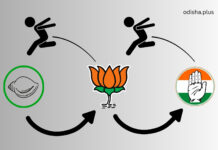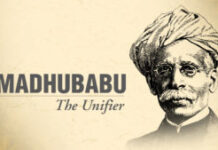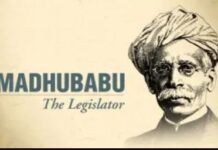By Prof Ujjwal K Chowdhury
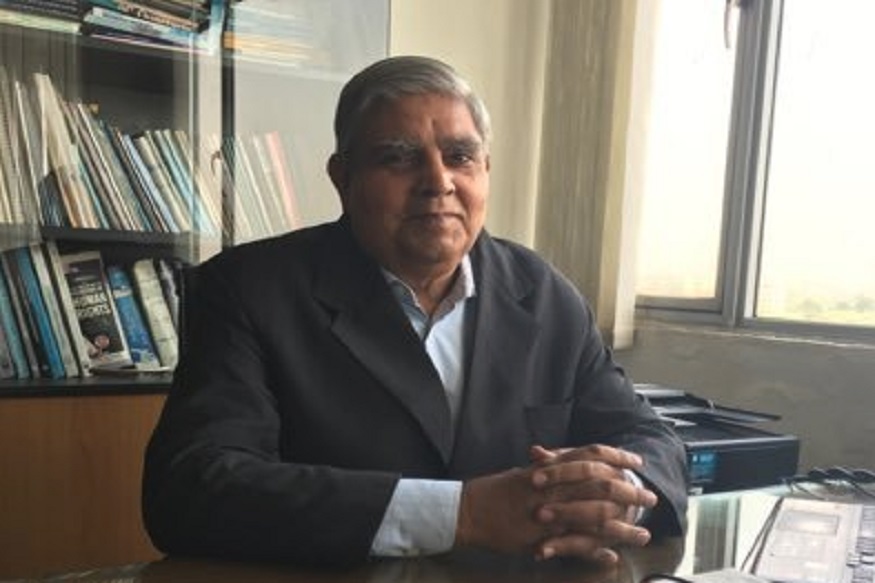
A farce of the worst order, though not unique nor first time, is being played out in the politics of Bengal: the newly appointed Governor Jagdish Dhankar seems to have a worsening battle of words and actions with the second time elected Chief Minister Mamata Banerjee and her government. Commencing with the Governor’s involvement in the Babul Supriyo episode in Jadavpur University, moving on to the alleged “disregard and insult” to him during the Durga Puja Carnival event of the state government, and now during the visits of the Governor in the districts. The emerging conflict is sad, avoidable, despicable and churlish to say the least and with a bad precedence, and both sides should step back and reflect.
Jagdeep Dhankar, a 68-year old senior Supreme Court advocate, BJP leader and former Union minister who had been an MP and MLA from Rajasthan, succeeded the 84-year old former Speaker of UP Assembly Keshari Nath Tripathi as Bengal governor some three months ago. Tripathi, appointed in July 2014, had several run-ins with chief minister Mamata Banerjee, her government and her party, with the Trinamul Congress publicly demanding his removal on several occasions on the ground that he had allegedly “transformed the Raj Bhavan into an RSS shakha”.
When Dhankar was appointed, some sources in the Bengal government said they had been expecting a saffron hardliner as the relationship between the state administration and the Centre had worsened over the past few months. Instead, the appointment of Dhankar, who has had stints in the Congress and the Janata Dal before joining the BJP, might help ease the tension, the sources said.
“Besides being a successful advocate, he will certainly know his limits. In the past, the state government had accused some governors of crossing constitutional limits. That had been a cause of conflict between the ruling establishment and the Raj Bhavan. This time, it is expected that the tension will ease,” so expected a senior state government official close to the CM.Ninety days down the line situation seems to worse than Tripathi times.
After the JU fracas and the Durga puja episode, the Governor asked special security. The Union Home Ministry on Thursday accorded the Governor with ‘Z’ class VIP security after the latter suggested that there were “potential threats” to him. Governor had alleged that he was “blacked out” in media in carnival event and noted that the incident was “reminiscent of the Emergency period.” The ruling TMC denied the allegation and said that the Governor is “a publicity monger”.
The latest round of Gubernatorial dismay started over the Mamata Banerjee administration’s ‘lukewarm’ response during his maiden visit to north Bengal some time earlier. During his day-long trip, Dhankar met the Darjeeling district administration in Siliguri, but none of the elected members of the region from TMC met him.
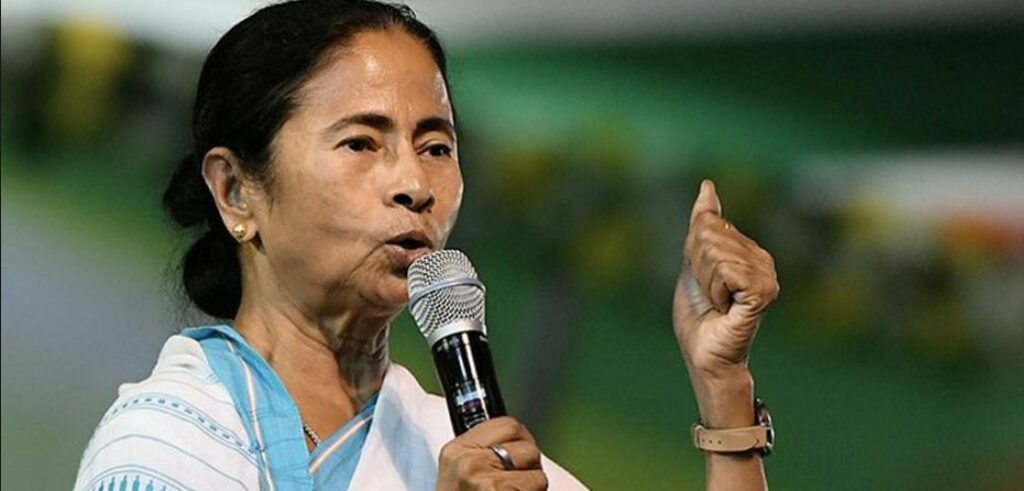
The latest conflict is in the current week and the Governor expressed his unhappiness after North 24-Parganas district administration informed the Raj Bhawan that meeting with or sending invitations to district officials, MPs and MLAs to meet the Governor was not possible without the permission of the state government. The District Collector’s letter further reads, “It may be added here that all senior government functionaries will be in North Bengal from October 21 to 23 for administrative review meetings of the Chief Minister for some of the North Bengal districts.” Dismayed over absence of district officials, Dhankhar termed it ‘unconstitutional’. “I do not know if there is some sort of censorship in West Bengal.” The conflict may escalate in the weeks and months ahead.
Now let us look at the constitutional provisions with regards to the relationship between the Governor of an Indian state and its Chief Minister. Article 163 clearly notes that the Governor shall act “in accordance to the aid and advice of the Chief Minister” in all normal times (meaning that he has discretion with regards to imposing President’s rule during break-down of the constitutional machinery or law and order in the state, as per Article 356). Article 164 clearly notes that the Council of Ministers is responsible to the legislative Assembly (meaning the government remains in power so long as it enjoys majority in the Assembly). Finally, Article 167 legislates that the CM is supposed to communicate to the Governor on all major decisions of the cabinet and the Governor can ask the CM on any issue of the state.
The entire arrangement is for checks and balance, and the Governor is the first citizen of the state, but the chief minister is the elected chief executive in practice, and in normal situation the Governor does not interfere in day to day functioning of the government. This is for the books. The reality has been a grim one.
The gubernatorial position had often been used both by the two major national parties, Congress and BJP, to buttress their respective political goals in various states since the 1970s, specially by PM Indira Gandhi and PM Narendra Modi, the two most powers centralizing leaders the nation has seen so far. Congress governments, specially of Smt Gandhi, had invoked Article 356 through various governors of states like Kerala, Jharkhand, even West Bengal, and imposed central rule in states. Similarly Modi government has used similar tactics to get rid of erstwhile Uttarakhand and Arunachal governments, thought the Supreme Court later reversed both decisions.
Even West Bengal has had a chequered history of Governor-Government conflicts.
After the United Front government in the state got dismissed on November 21, 1967, by the then Governor Dharam Veer it again returned to power 1969. Then the Governor’s speech scheduled to be delivered after the formation of a council of ministers had a paragraph which was in self-criticism of Dharam Veer. However, he refused to read out that portion of the speech.
The conflict again surfaced in 1977 after the Left Front came to power in the state with a massive mandate. The Left Front never shared a cordial relation with the then Governor B D Pandey. The Left Front government targeted Pandey whenever there was a conflict between the state and the Centre.
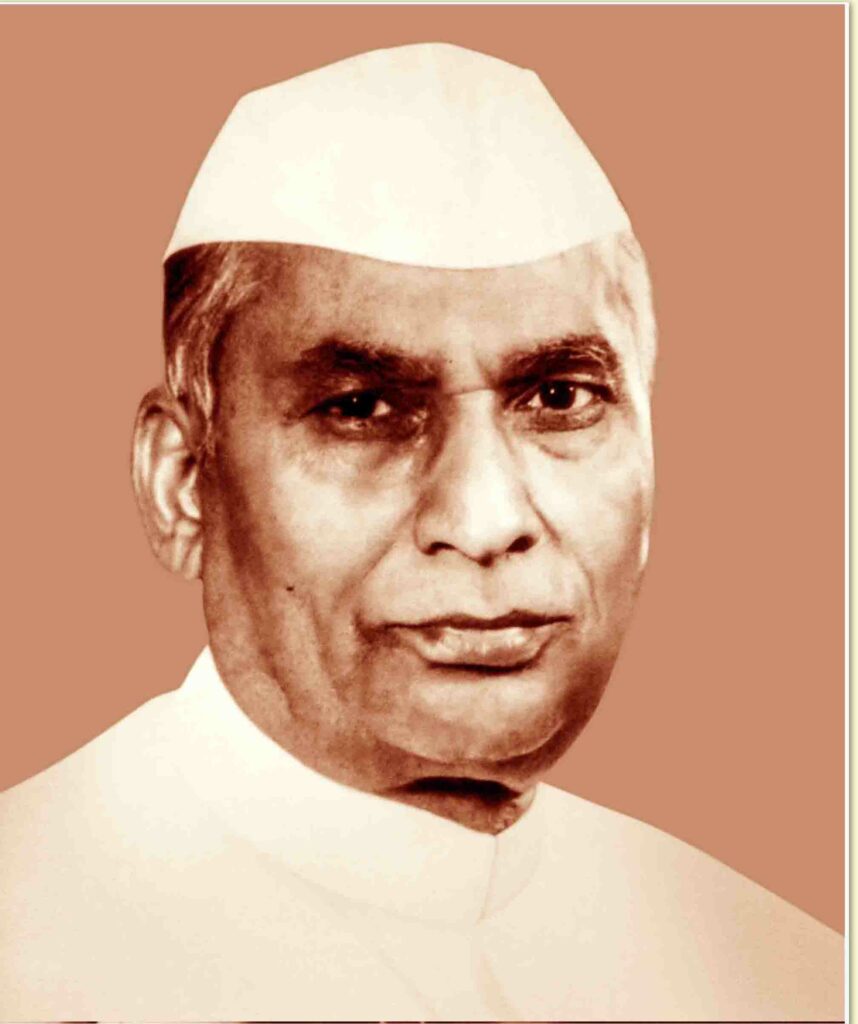
Anant Prasad Sharma who became the Governor of West Bengal in 1984 was also not on good terms with the Left Front government. The relationship soured over the nomination of the Vice-Chancellor of Calcutta University as the Sharma nominated the candidate least favored by the state government.
The conflict between the state Government and the Governor reached a peak in 2007 when Governor Gopalkrishna Gandhi’s comments regarding the police firing at Nandigram in East Medinipur district infuriated the Left Front Government. Gandhi’s description of the Nandigram incident as “bone-chilling terror” drew sharp retorts from Left Front leaders.
The trend continued after TMC came to power in 2011. After taking charge in 2014 as the Governor Keshari Nath Tripathi was initially on cordial terms with the state government. However, following clashes between two communities in several areas of North 24 Parganas district Tripathi criticised the state administration. Soon after an enraged Mamata Banerjee claimed that the Governor insulted her.
None of these cases above shows the role of the Governor and its misuse by the appointing authority (President working on the advice of the PM and his cabinet) in any good light, irrespective of the party in power. Further, the expenses incurred for keeping this gubernatorial institution alive is also very high. Questions have been raised about the federal efficacy and democratic nature of this appointed position where retired bureaucrats, ageing politicians and some retired armed forces officers or lawyers have always been appointed largely as a political spoils of power.
Further, while the President of India is an indirectly elected position, the Governors are purely nominated officials. And even the elected Presidents, at whose pleasure the central government functions on paper, has never crossed the lines with the elected governments at the Centre and even had to take decisions contrary to his beliefs (as in the case of the declaration of emergency by President Fakuruddin Ali Ahmad). But nominated Governors have been at random crossing lines, invoking Article 365 and meddling in the affairs of the state governments.
In this particular case in Bengal, it would have been in the fitness of things for the state government to co-operate with the Governor and key persons meeting him when advance notices were given, and CM meeting the Governor at regular intervals. Even giving due respect in events, right sitting positions and media glare, using the right language for a constitutional authority would all have been in the interest of a healthy democracy and would have raised the courtesy and credibility level of the TMC government.
Also, a former BJP legislator, now the Governor of Bengal, trying to dirty the waters for TMC government some 18 months ahead of the state assembly elections where BJP is expecting to make a blazing ascendency to power first time in Bengal, is actually in poor taste. Needlessly needling the Mamata government and a possible imposition of President’s rule ahead of the end of this tenure of the government will only make her a political martyr and give advantage to Mamata.
Beyond all these nuances of the issue, basic question still remains: do we still continue with an expensive, undemocratic though not illegal colonial legacy of the position of powerful but unelected Governors in Indian states more than seven decades after India has turned into democratic republic?
The author is currently the Pro Vice Chancellor of Kolkata based Adamas University, the former Dean of Symbiosis and Amity Universities, and a regular columnist and television political analyst.

